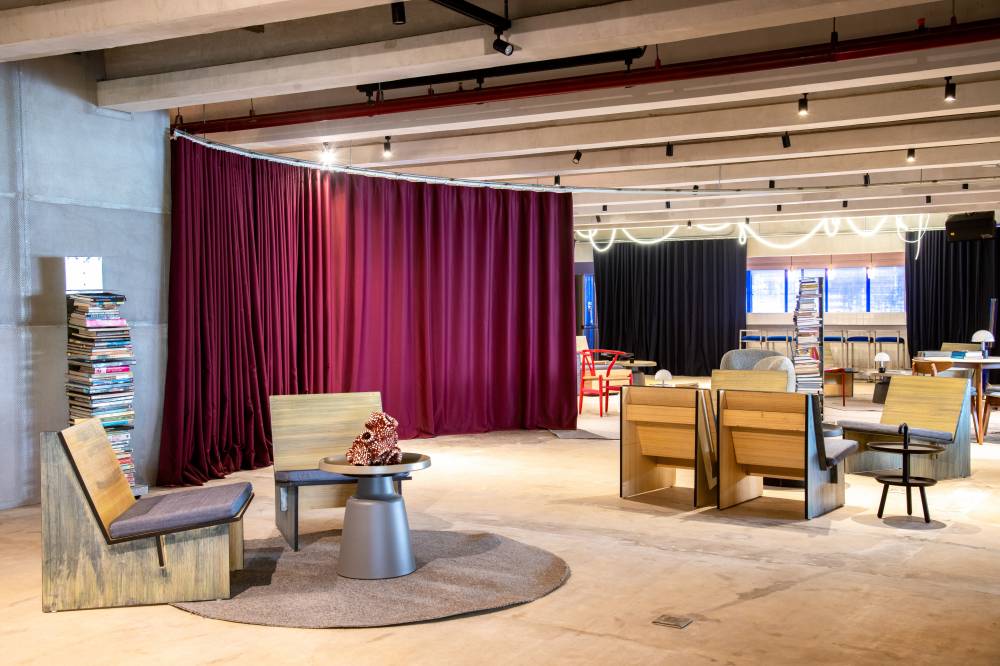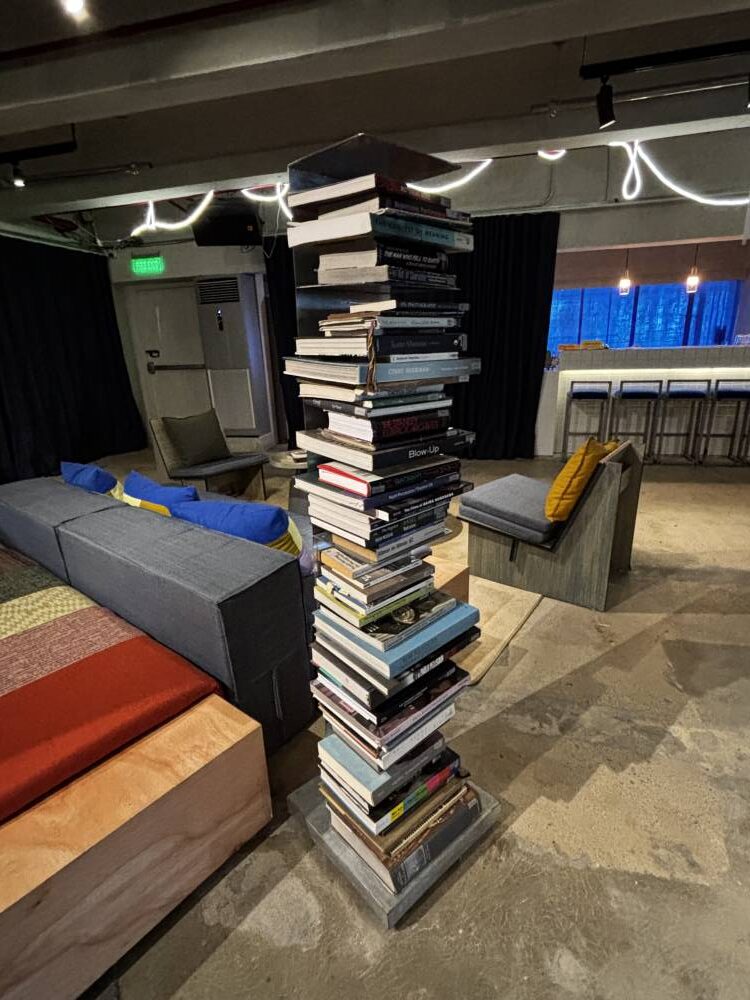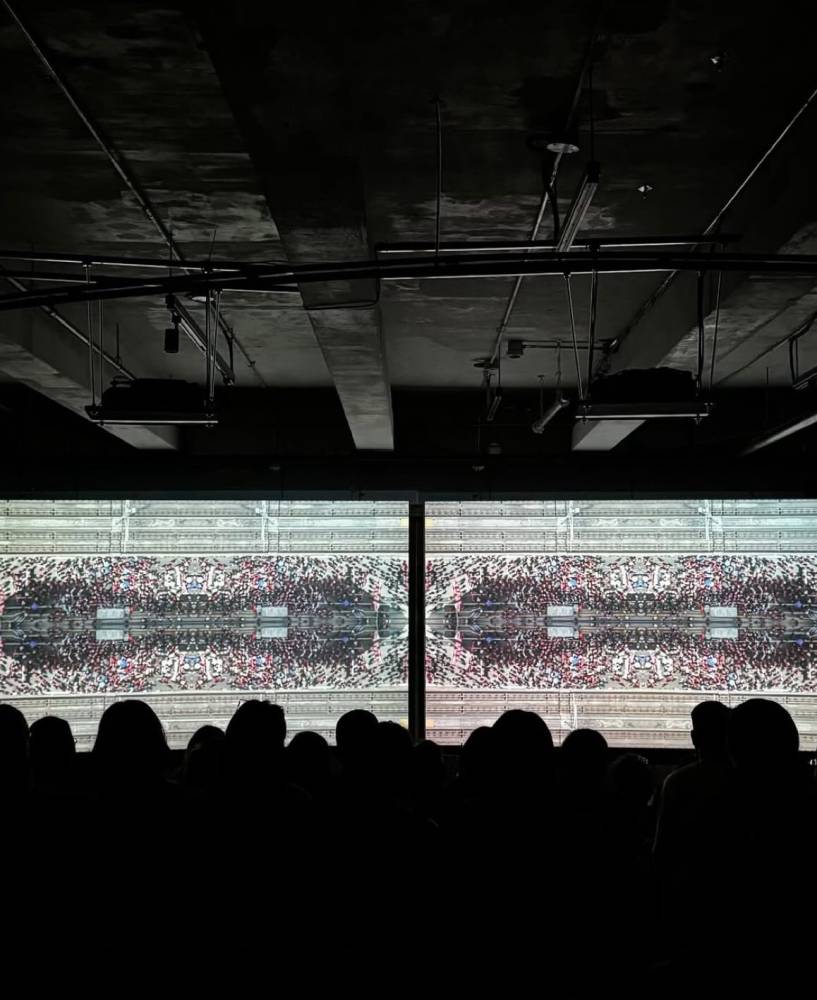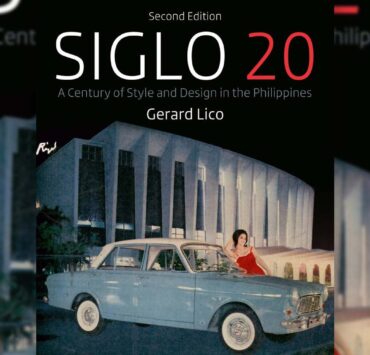A multidisciplinary hub for culture in Makati: Why Not?

In a city often defined by its malls and commercial spaces, Why Not emerges as a cultural outlier—a multidisciplinary hub in Makati that dares to ask not just “why,” but “why not?”
It is an independent initiative that programs a range of cultural events, from theater and sound art to architecture and fashion, guided by an ambitious mission: to make compelling, diverse, trans-sectional art and culture experiences.
The proponents (who wished to remain unidentified) endeavor to offer the same cultural accessibility of other culture capitals in the region and elsewhere—where one can walk into a ballet, chamber concert, performance, or opera on any given day and feel the contemporaneity and spontaneity of Manila’s cultural offerings. Why Not was born out of this desire, envisioned not just as a venue, but as a platform where artistic disciplines could meet, collide, and collaborate freely.
Why Not hopes to veer away from standard marketing strategies; it has operated with a DIY ethos, fueled by a growing network of cultural allies and friends, artists, designers, musicians, and performers. Programming is planned with intention and collaboration: Take Bart Guingona’s “Via Dolorosa,” a theater monologue staged with original live sound creating aural landscapes, alternative lighting design, and sets built in-house. These ideas and production elements came from collaborative circles.

Where art and culture come first
At its core, Why Not is a space where art and culture come first. It’s a laboratory for cultural production, where the currency isn’t commercial viability but creative exchange. The space invites artists not just to present work but to shape what’s possible within its walls—be it a fashion project that converses with architecture or a two-channel video installation featuring sociopolitical documentaries.
Ticket sales currently fund the operations, allowing the team to retain creative control and ensure that each project remains artist-led. Yet even as it grows, Why Not remains steadfast in its founding philosophy: to serve as an incubator for cultural richness in a city that sorely needs more of it.
On the fourth floor of Karrivin Studios in Makati, Why Not is a living structure that blurs the line between function and experimentation. Since opening in October 2024, the space has served as a modular venue for performance, exhibition, conversation, and design. But at its core lies a bold spatial concept: that art and culture should be as flexible and accessible as the environment that houses them.

Originally meant to be a backroom, what began as a design project quickly evolved into a shared vision for a flexible, interdisciplinary hub. The group behind Why Not has transformed a warren of spaces into a shape-shifting platform for contemporary art, design, film, performing arts, and dialogue.
At first glance, the aesthetic is deliberately industrial. Walls are left exposed, fixtures are visibly mounted, and furniture often looks halfway between abstract sculpture and utility. The materials are modest—mostly plywood and plyboard, timber, and metal—yet they are handled with intention and craft. It’s described as “flat-pack thinking”: Components are cut, folded, wheeled, and reconfigured as needed. This design language favors adaptability over permanence, where each object and surface might serve multiple roles across events and disciplines.

Fluid design
Spatial zones are fluid by design. A cluster of moveable walls and curtains can enclose a screening room with a ceiling-mounted projector. The bar, which doubles as a serving area, follows the high-impact, low-cost design principle, combining denim curtains, velvet cushions on bar stools made of welded metal frames, and bathroom tiles on the counter to striking effect.
Wooden pedestals first made for artist Kiri Dalena’s “Book of Slogans” series now function as book stands in the reading room. Rugs are cut into custom shapes defining the space and the flow without the need for flooring finishes. These rugs—mainly sourced from discarded rugs—are intentionally frayed. It’s a nod to the “unfinished” aesthetic that defines the space: high design using humble, accessible materials.
The reading room, Why Not’s quasi-library, is both a sanctuary and a studio. Books are shelved—and often reshuffled—depending on current programming. Three adjacent maker spaces function as short-term studios available to artists and designers who need space for production. When not in use, these rooms can open up, expanding the reading area or turning into project spaces. The entire lay-out is meant to mutate depending on what the moment requires: a rehearsal in the afternoon, a film screening by evening, or an exhibition over the weekend.
Every detail in Why Not serves the idea of hybridity. Coffee tables made of bathroom tiles sit on wheels for easy relocation. Plywood boxes, torched for texture, are arranged into installations or seating depending on need. Pieces are designed to unfold, stack, and shift—emphasizing impermanence as a creative strength rather than a limitation.

Welcoming
Above all, the space is meant to be welcoming. Whether it’s a young art or architecture student, a theater fan or a seasoned collector seeking something new, Why Not fosters a sense of casual intimacy. There’s no glossy veneer here—only raw surfaces, adaptable parts, and a clear intent: to make space for culture that is always in motion.
The other side of the space is divided by sliding polycarbonate panels in translucent yellow and blue, introducing bold color and a degree of visual separation without sacrificing light. Even the windows mirror this palette, with sections tinted in soft blue to diffuse daylight throughout the space.
This section hosts exhibitions, meetings, and larger gatherings. The seating areas are anchored by custom modular couches, made of plyboard, timber, and fabric scraps which can be rearranged to form intimate settings or architectural compositions, like the suggestion of a “house” within a room.
A big circular screening room and two smaller curtained-off screening rooms, equipped with a short-throw projectors and speakers, support film and video programming. It has been used for everything from animation reels and experimental shorts to interviews and archival footage, yet again demonstrating the space’s flexible nature.
The name Why Not speaks to the spirit that animates the space. Asked what it is—or what it can become—the answer is always the same: “Why not?” This spirit drives both the programming and the physical design, encouraging experimentation, openness, and the crossing of creative boundaries.





















